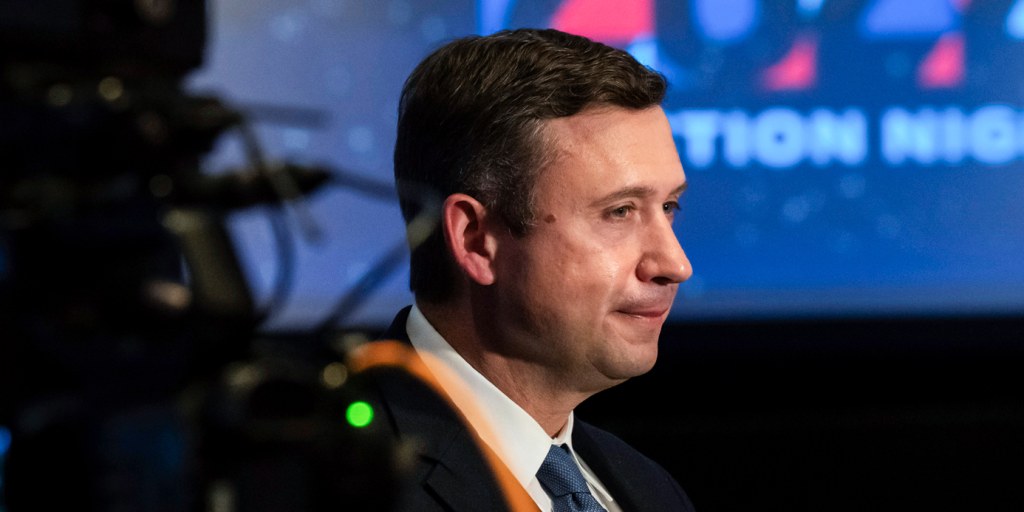Democratic Shake-Up: Ken Martin Clinches DNC Chair in Pivotal Leadership Vote

In a pivotal moment for the Democratic Party, the recent DNC chair election signals the beginning of a critical rebuilding process following the challenges of the 2024 election cycle. Party leaders are seeking to reinvigorate their leadership and chart a strategic path forward, recognizing the urgent need to reconnect with voters and redefine their political narrative.
The selection of a new chair represents more than just a routine leadership change—it's a strategic opportunity to address the party's recent setbacks and develop a forward-looking approach. Democrats are keenly aware that this moment demands fresh perspectives, innovative campaign strategies, and a renewed commitment to grassroots engagement.
With the political landscape continuously evolving, the DNC faces the complex task of uniting diverse party factions, energizing the base, and developing a compelling vision that can resonate with a broad spectrum of American voters. This election marks the first step in what promises to be a transformative period for the Democratic Party as it seeks to rebuild momentum and political relevance.

